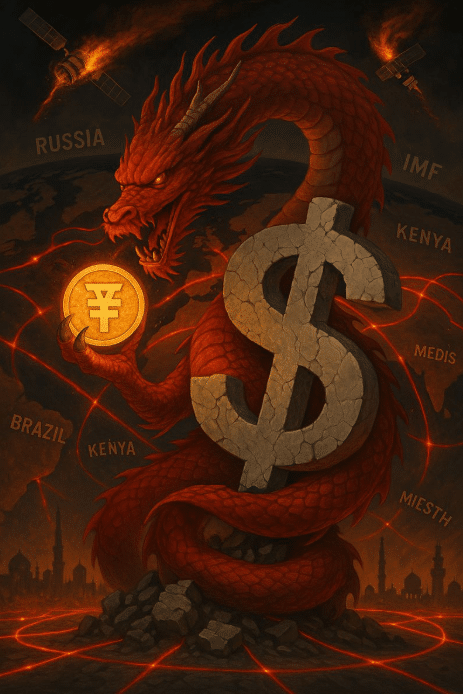
Labor Market Déjà Vu: America Presses Pause Again
Labor Market Flashback: Act II
A Weak Snapshot in July
On August 1, 2025, the Bureau of Labor Statistics released July data showing a meager 73,000 jobs added, well below economists’ forecasts. The unemployment rate ticked up to 4.2%, barely budging from June, and remaining within a narrow 4.0–4.2% corridor since May 2024.
Brutal Revisions Hit Like a Hammer
May and June were drastically revised downward—collectively shedding 258,000 jobs from previous tallies. Goldman Sachs now argues hiring is near “stall speed,” paving the way for potential Fed rate cuts starting in September.
The Fed Debate: Cut or Not to Cut?
Markets price in about a 90% chance of a September rate cut, but not all experts agree. Some warn that tariff‑induced inflation could limit the Fed’s ability to ease. Others still see three consecutive cuts starting next month if jobs remain weak.
What’s New This Time? The Trade‑War Shockwave
Trump’s escalating tariffs on over 60 countries have pushed average U.S. rates to historical highs—up to 41% on key sectors, and averaging 18% overall. These moves are fueling rising inflation, eroding consumer confidence, and dragging down service‑sector activity; hiring there is contracting.
GDP slowed sharply in early 2025—under 1.3% growth year‑to‑date, down from the 2.8% pace in late 2024. Labor market cracks are surfacing where real wages for lower‑paid workers have slowed to 3.7%, down from 7.5% post‑pandemic, widening inequality.
Déjà Vu with a Darker Twist
Then vs. now
Last year’s slowdown came with a clear spike in unemployment. This year’s rate has been remarkably stable—even amid slow hiring—raising questions about labor force dynamics.
Data integrity concerns
After Trump fired BLS Commissioner McEntarfer following the weak July report—accusing the agency of “rigging” numbers—the statistical autonomy of U.S. economic reporting is under direct assault.
Supply vs. demand
We’re once again left guessing: are fewer hires due to drags on demand, or shrinking labor supply amid strict immigration enforcement and policy shifts? The answer likely lies in both.
Call to Action: Time to Fortify Yourself
As the establishment spins its numbers and markets brace for turbulence, knowledge and preparedness are your shields. I urge you to download Seven Steps to Protect Yourself from Bank Failure by Bill Brocius. It’s a practical manual for maintaining personal autonomy in a collapsing system. Grab it now to safeguard your assets—and stay ahead of the next economic blackout.
Download Seven Steps to Protect Yourself from Bank Failure
Stay alert. Question everything. They don’t reveal the full story—and that’s where we find the real power.











